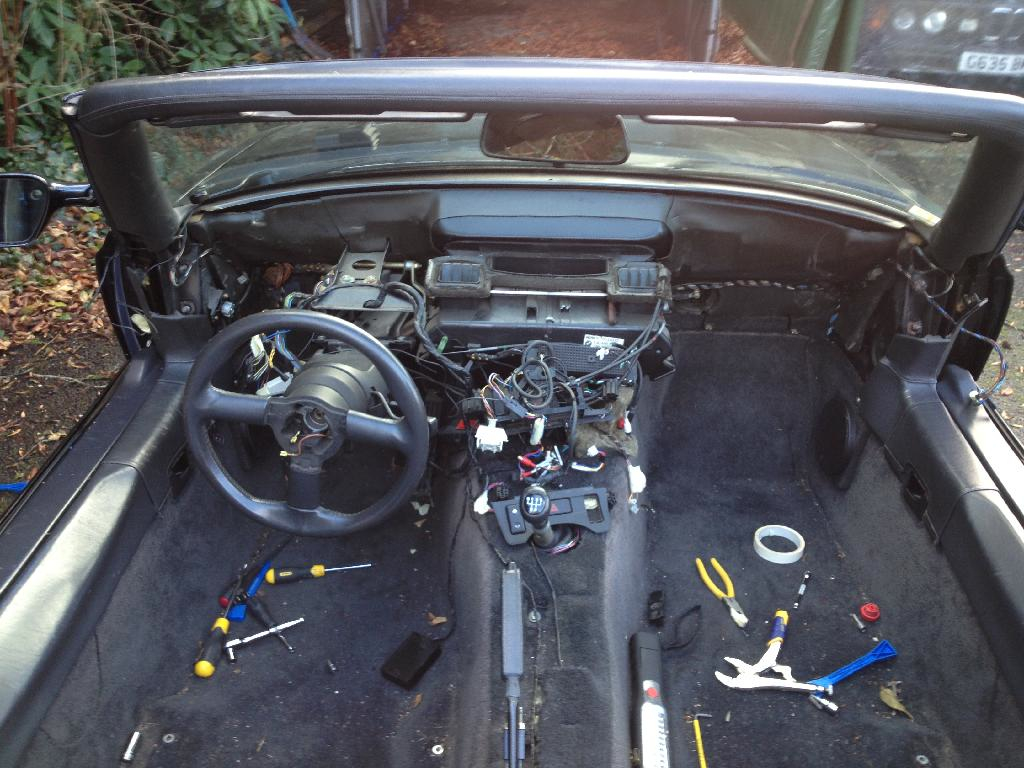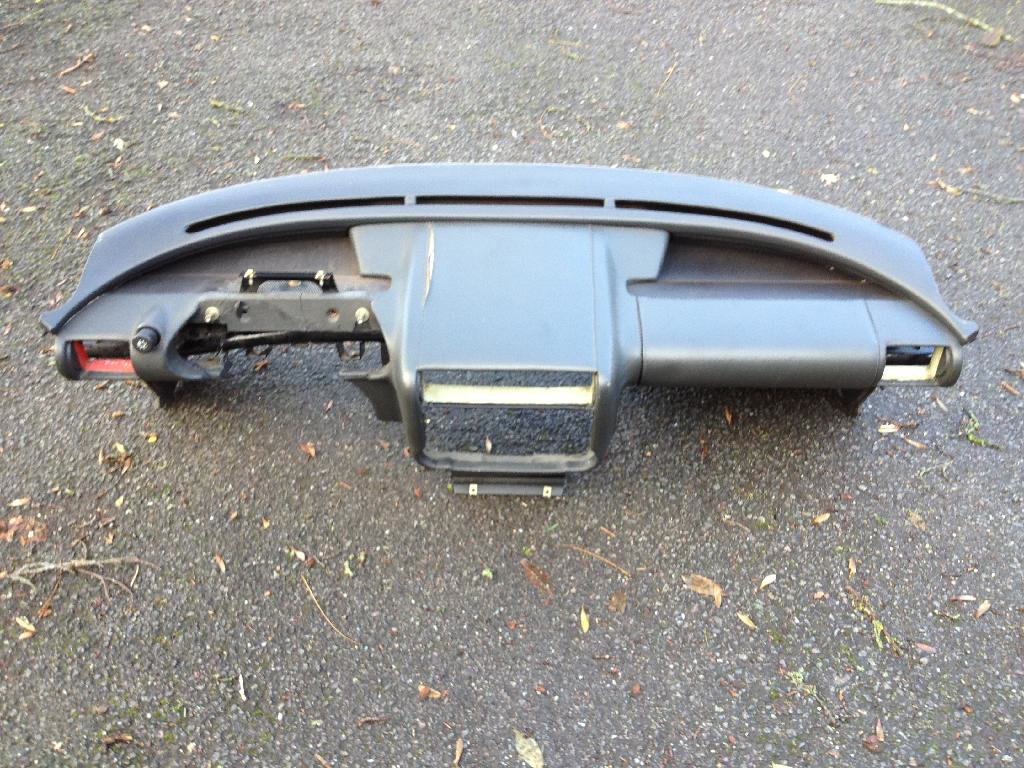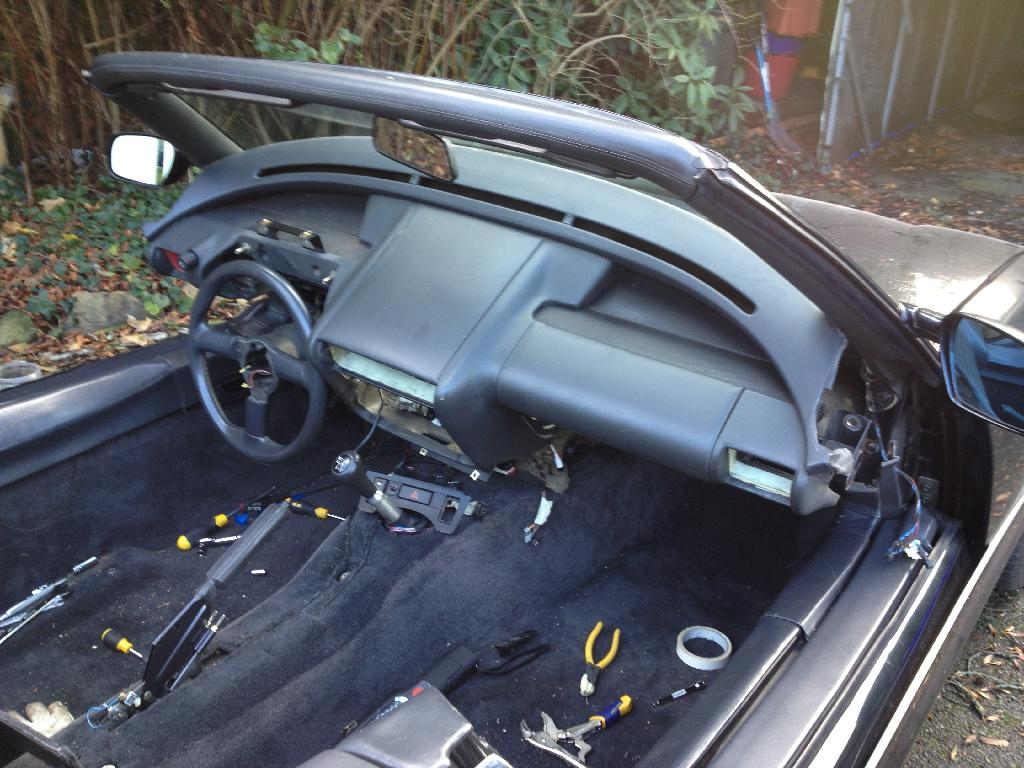The Lemon and Light grey interiors are not 'Nubuck' and will not need the same treatment recommended here. The dark grey Nubuck seats when exposed to UV fade to A light grey. ALSO NOTE THAT YOU FOLLOW THESE INSTRUCTIONS AT YOUR RISK. For detailed information Click Seat Repair



